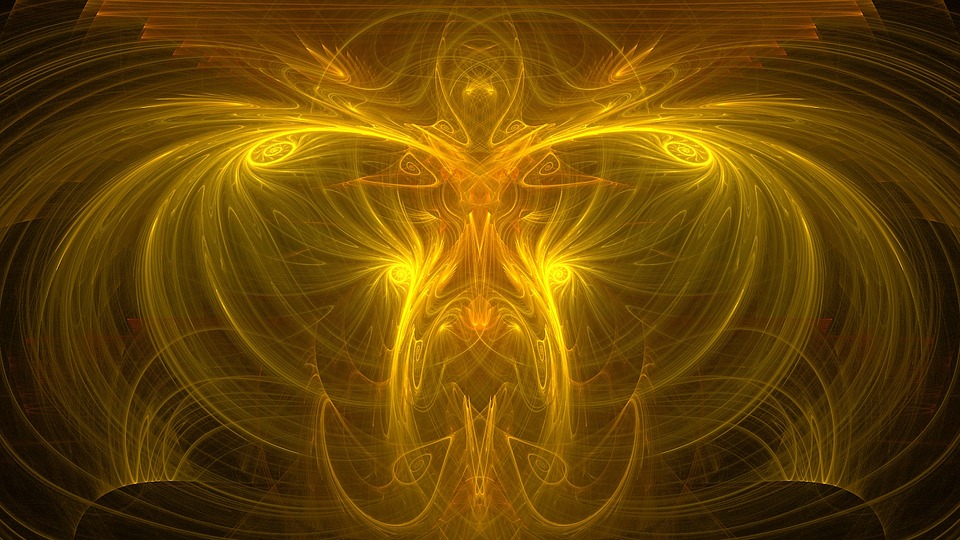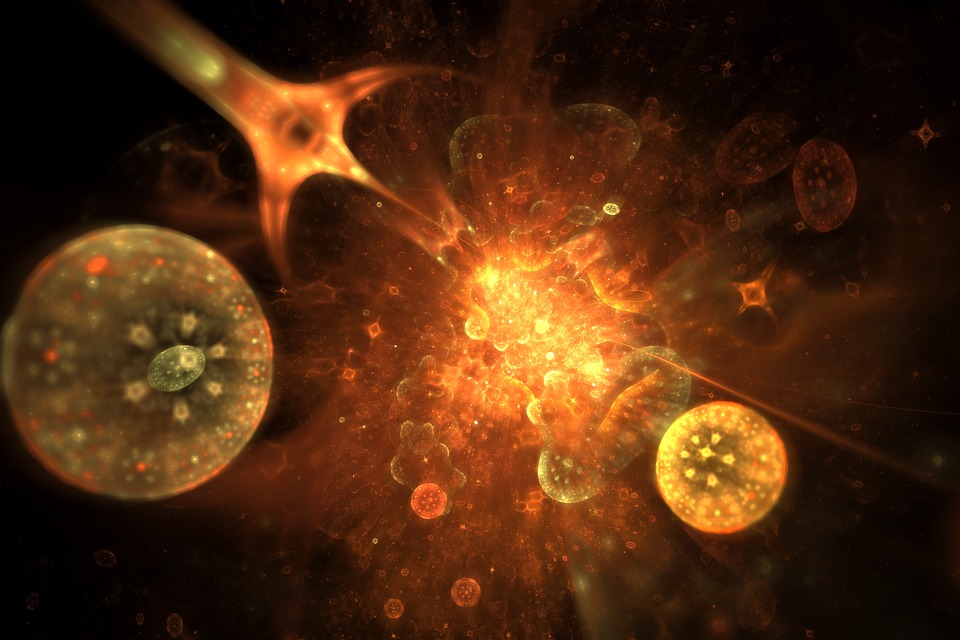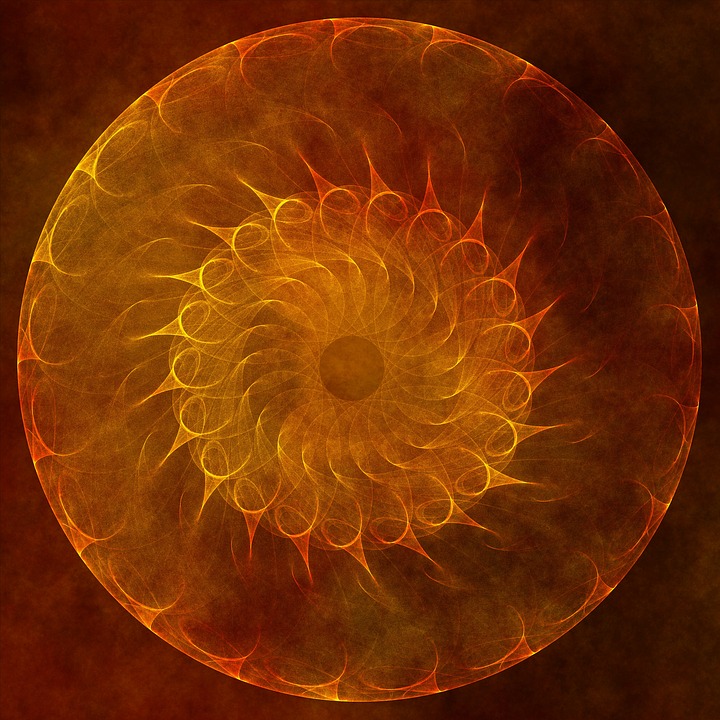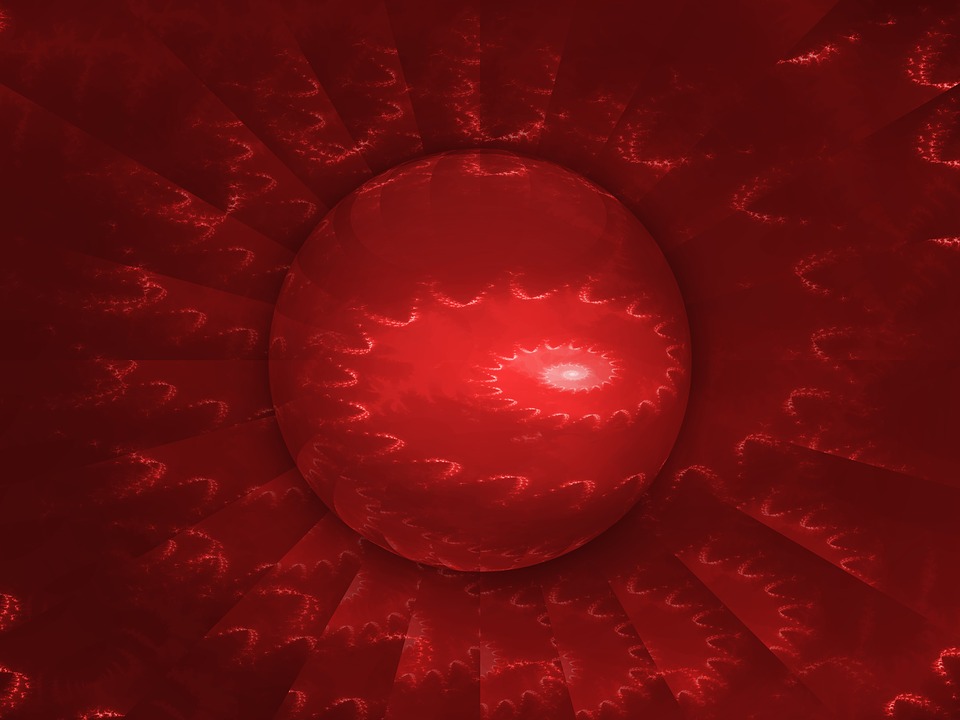This week, the movement of Mars begins a new phase of astrological history.
Here is an idea to work with, if you strive to understand astrology. In every era, there are slow-moving patterns of planets that take a long time to form, and hold their positions for years, and sometimes for many years.

Then there are faster-moving planets — anything from Mercury out to Jupiter, and sometimes Saturn, that can get into the pattern. This might last a few days, a few weeks, some months or even a year.
It would not be oversimplifying to say that in reading a chart, to really see what is happening, it helps greatly to study the dialog between the slower-moving points and patterns, and the faster-moving points.
The slower-moving patterns, which include points such as Chiron, Neptune, Pluto, and Eris — what are sometimes called outer planets — can be enhanced, personalized, and brought closer to the realm of human experience and sensory experience. This involves what the inner planets represent, as compared to the slower-moving outer ones.
Naked Eye: Visible and Invisible Planets
Rob Hand put it this way, in a conversation (I am paraphrasing): the visible planets (Mercury, Venus, Mars, Jupiter and Saturn; and the Moon and the Sun) represent elements of normal waking consciousness.
The planets you need a telescope to see (Chiron, Uranus, Neptune, Pluto, Eris and many others) represent alternate forms of consciousness: dream states, growth impulses, revelations, inner awareness, kundalini experiences and other things not easily described, quantified or even acknowledged by most people.

Outer planet patterns also tend to represent the sweeping changes that society is going through. When the inner (faster, visible) planets get involved, suddenly difficult-to-describe processes can seem to jump into the foreground.
You can think of this as contrast; or as blending two levels of awareness; or being able to feel and observe what was difficult or seemingly impossible to feel or observe before. This is what’s about to happen as Mars, a nearby, visible planet that everyone has in their chart, enters Cancer on Wednesday, and mounts the cardinal cross.
That’s worth explaining: the zodiac is organized in three crosses: cardinal, fixed and mutable. They are easy to tell apart. When a new season begins, the Sun enters a cardinal sign (in the Northern Hemisphere, spring begins when the Sun enters Aries; summer when it enters Cancer; autumn when it enters Libra; winter when it enters Capricorn). The season peaks with the Sun in the fixed signs (Taurus, Leo, Scorpio and Aquarius), and it disseminates and blends into the next season in the mutable signs (Gemini, Virgo, Sagittarius and Pisces). Each sign of the zodiac is a mini-season within the season. This works for the world around us, and for the personal world described by our charts.
Most Action is Currently on the Cardinal Cross
Currently, most of the action in the sky is on the cardinal cross. If you’ve read INTELLIGENCE, or really any of my recent articles, you’re familiar with this: Chiron, Salacia and Eris are in Aries (in that order). Pholus, Quaoar, Saturn and Pluto are in Capricorn (in that order).

In Libra, there is a very, very interesting conjunction of two Pluto-like planets orbiting our Sun, called Logos and Makemake. (I have not said much about this conjunction, which lasts for many years.) Many of these planets are packed into the first few degrees of their respective signs, so they are making an aspect called a T-square.
The T-square covers the early degrees of three signs: Aries, Libra and Capricorn. This leaves a kind of opening in Cancer. And now Mars is about to enter Cancer, and make a series of aspects to all of those planets, sometimes several at a time.
Between now and July 1, Mars will do the following, in approximate order: it will form an opposition to Pholus, Quaoar, Saturn and Pluto in Capricorn; it will square Chiron, Salacia and Eris in Aries; and it will square Logos and Makemake in Libra.
All of this takes place over about five weeks. The last aspect in the sequence is Mars square Eris on June 22 — right after the Northern Hemisphere summer solstice.
Then for the next few weeks, the Sun traces the same path through the sky, and makes all the same aspects to those distant, slow-moving planets. This seems poised to bring out some of the features of both our personal lives and of society in their current state.
A Deeply Personal Planet
The news will take care of itself; you can pay attention if you want. Because of what it represents, Mars is a deeply personal planet. For one thing, Mars represents the desire principle, which is as personal as it gets: what you want, and what you’re willing to do to get it.

Mars represents your energy: how much you have, how you like to express yourself, and how you relate to motivation.
Mars represents an element of your sexuality, which is the outwardly expressed desire principle.
Mars represents one’s tendencies toward aggression, anger, attack and being prone to accidents. Mars can represent fear, thoughts of reprisal, and self-destructive habits. In general, Mars in a natal chart describes or represents whether one chooses to use one’s vital force energy creatively or destructively.
These are all the types of circumstances that are likely to arise, each set in the context of the outer planets it will make aspects to. Early in the sequence, as in during the current week or so, Mars will begin by making oppositions to Pholus and Quaoar in Capricorn. Both of these points take us down the ancestral wormhole, one to the origin of the family of origin — the great-grandparents (Pholus) — and the other to the origin of the tribe or humanity (Quaoar).
From there Mars moves on to the sexual healing aspect, Chiron conjunct Salacia. So we go from the ancestral realm to the sexual. Of course, the two are related.
I’ll be picking up the discussion on tonight’s Planet Waves FM.

